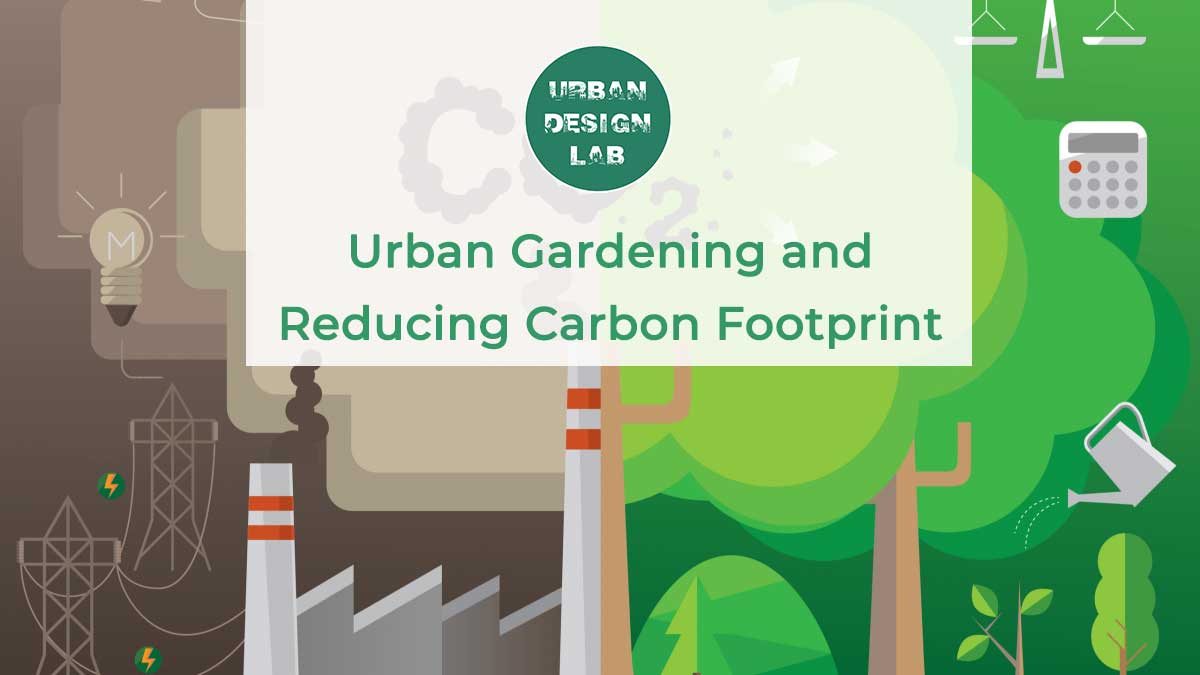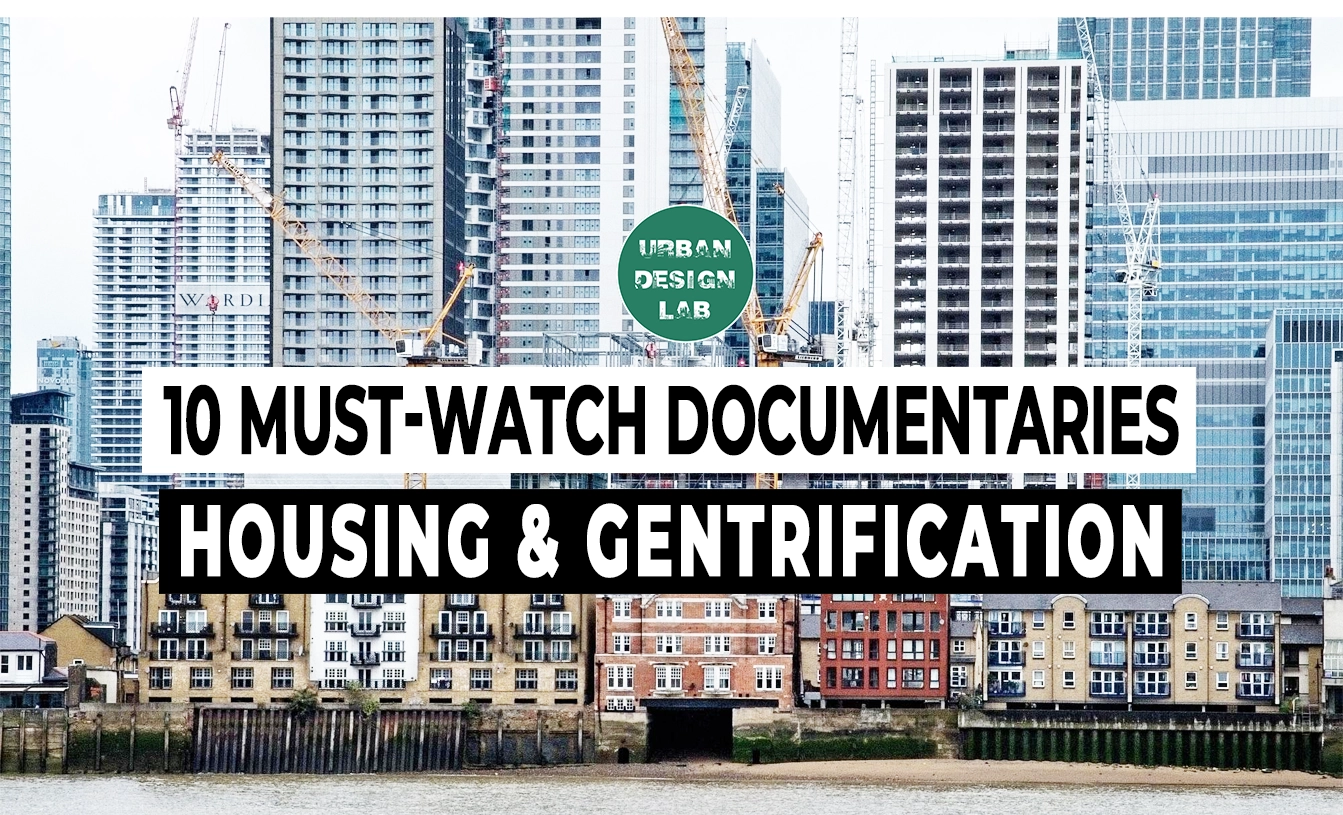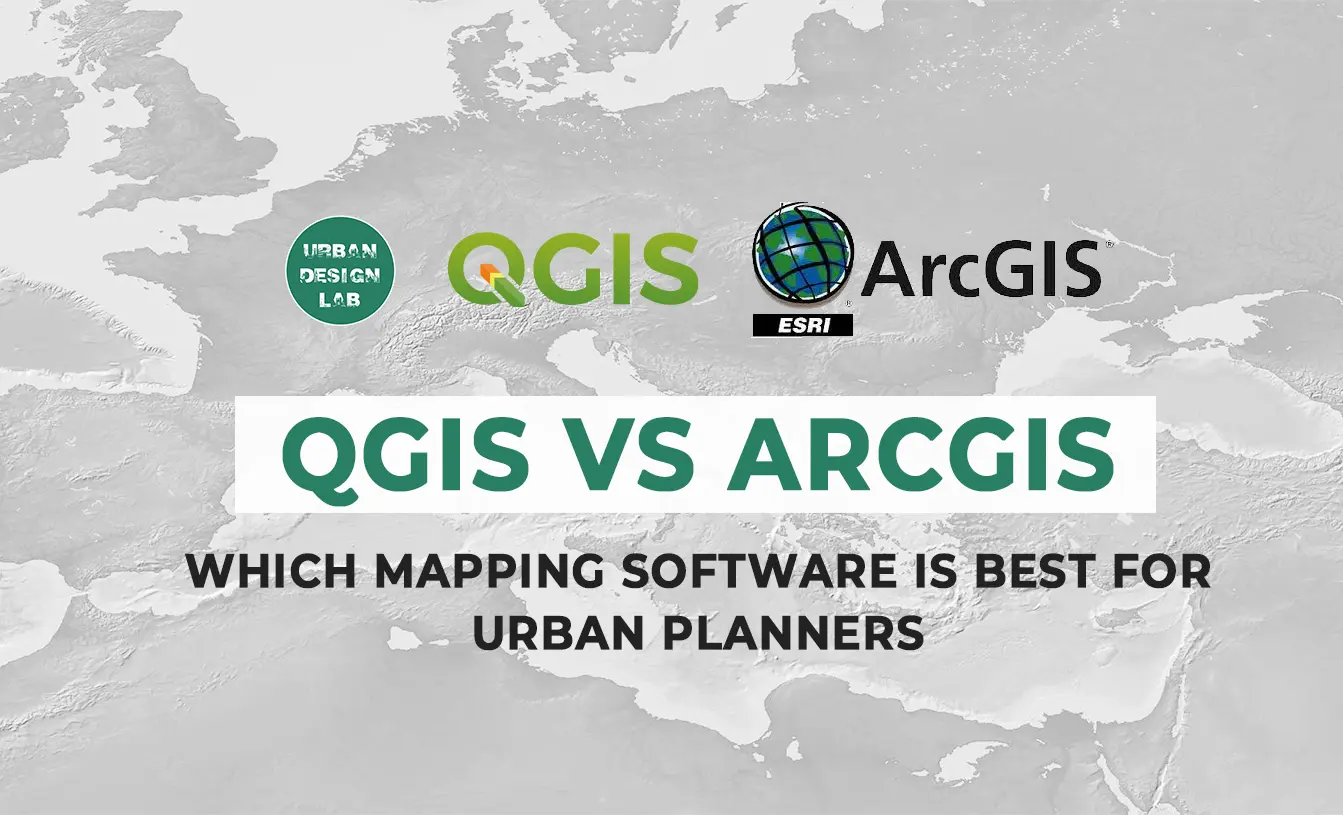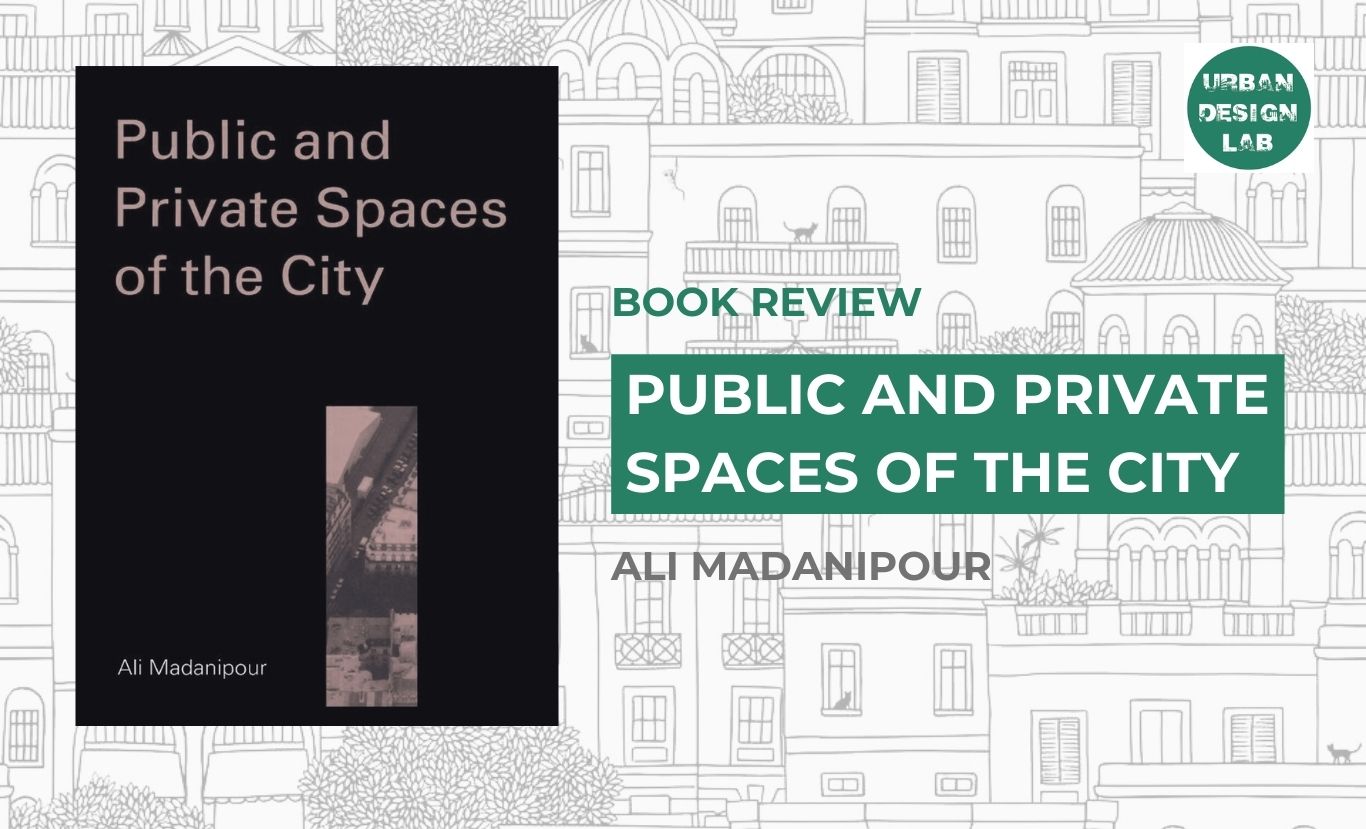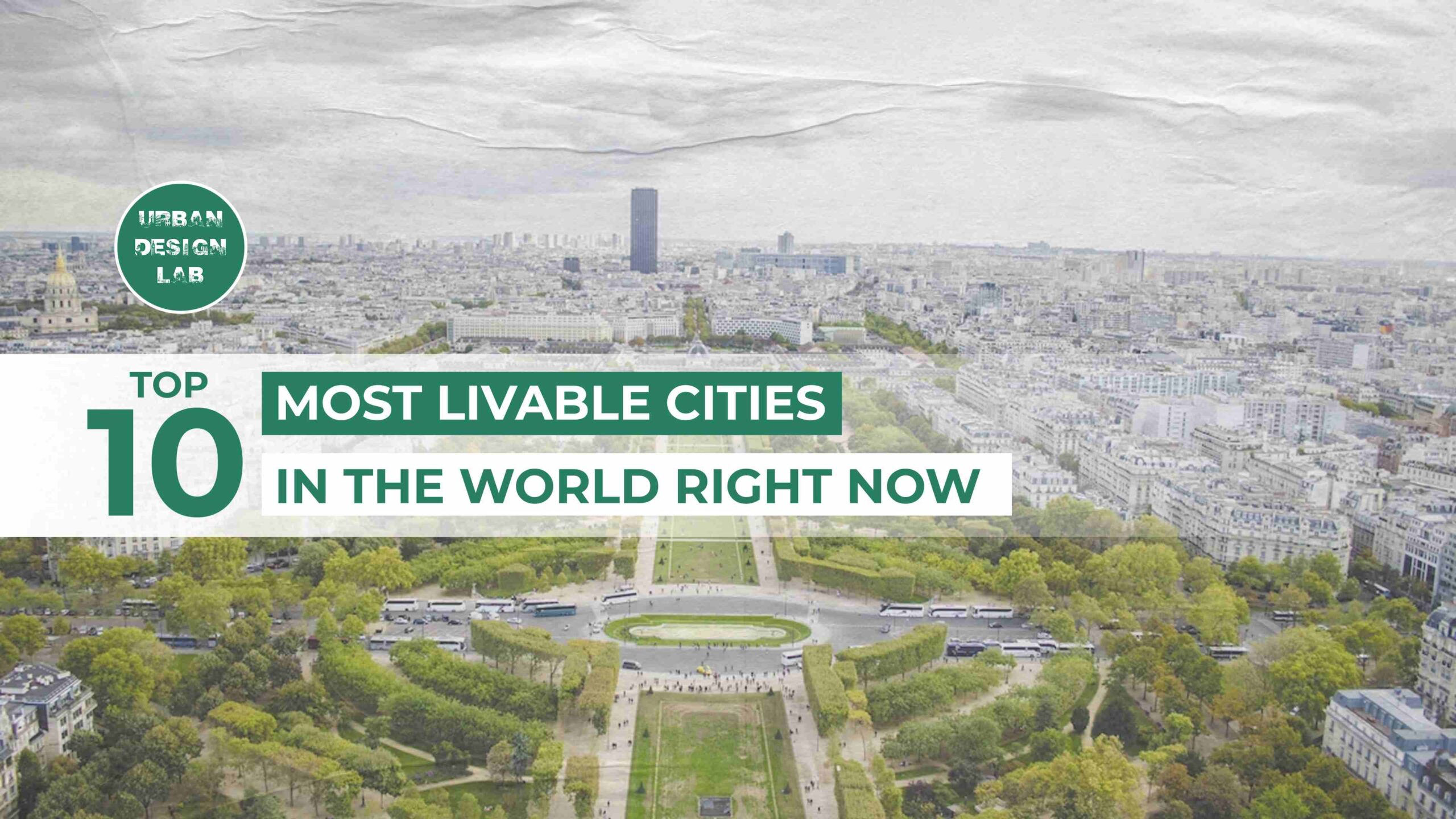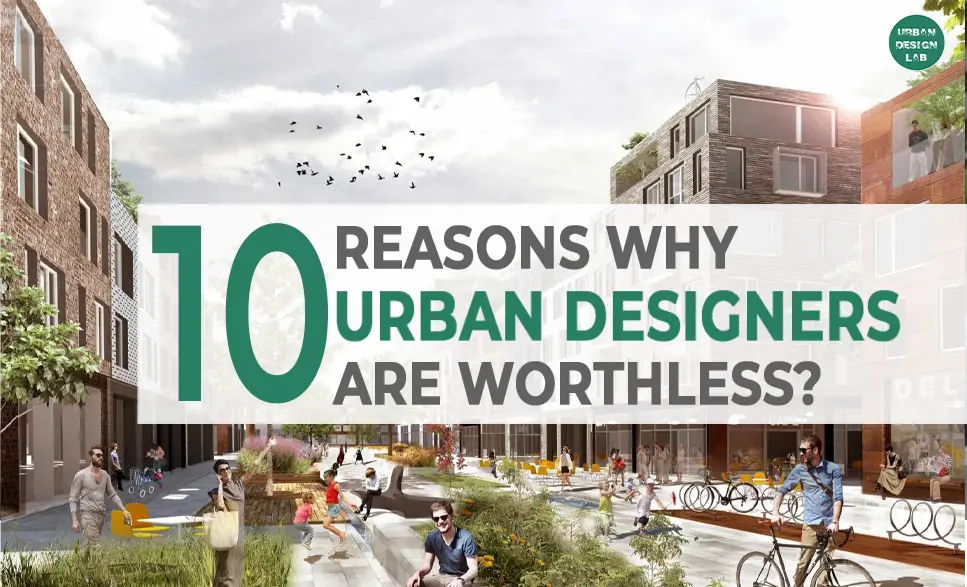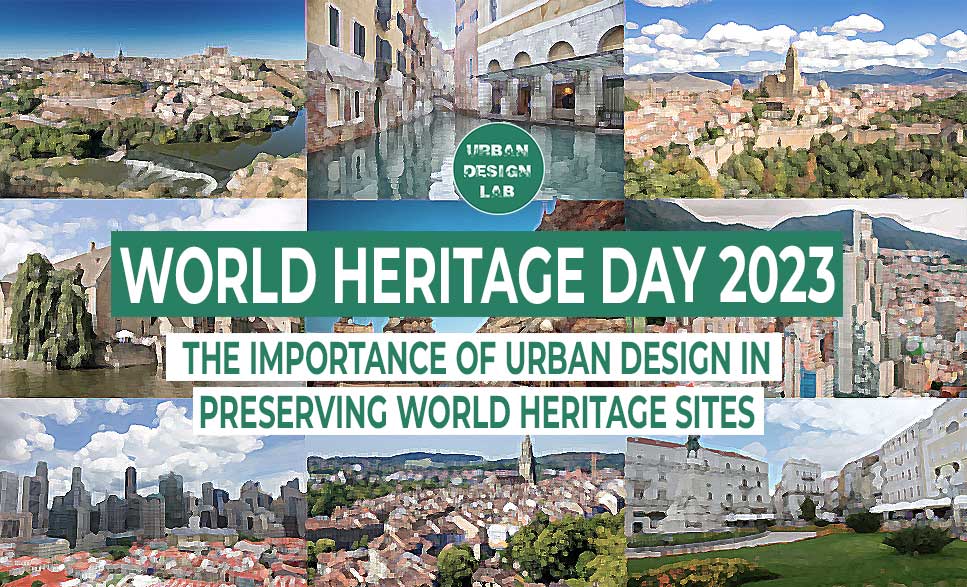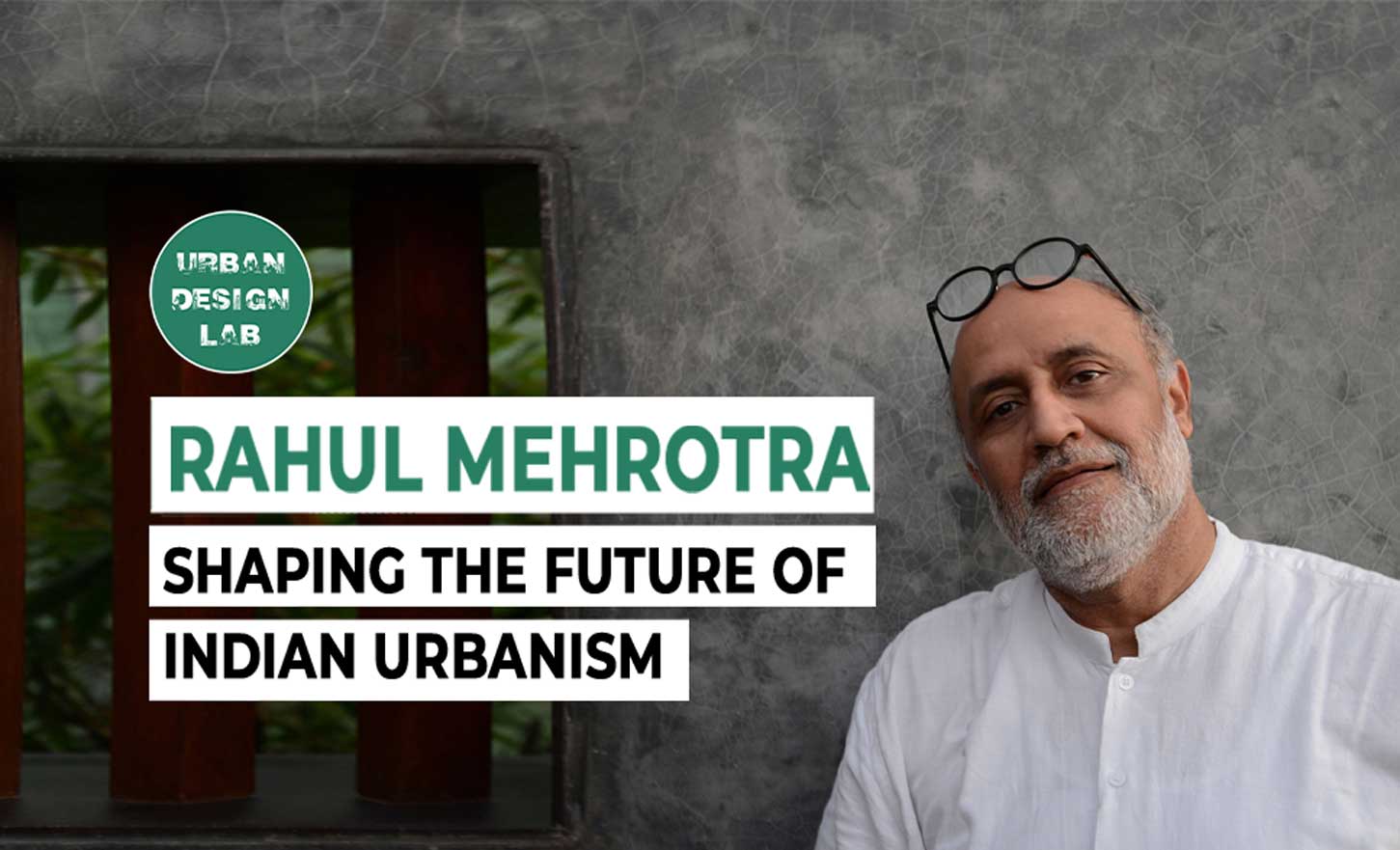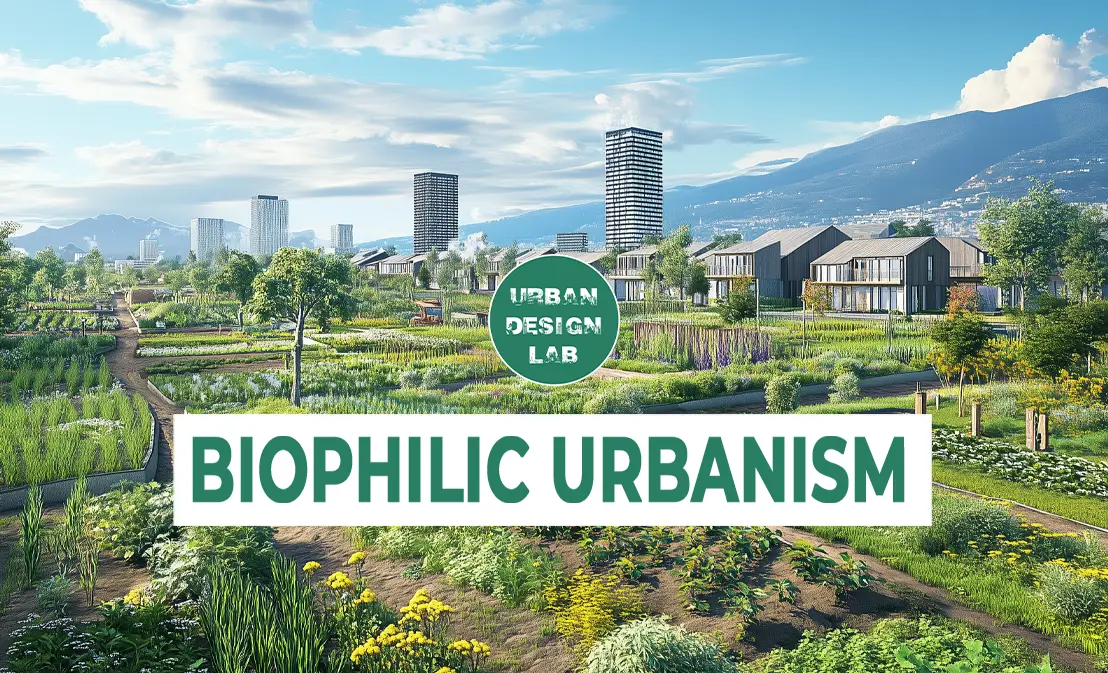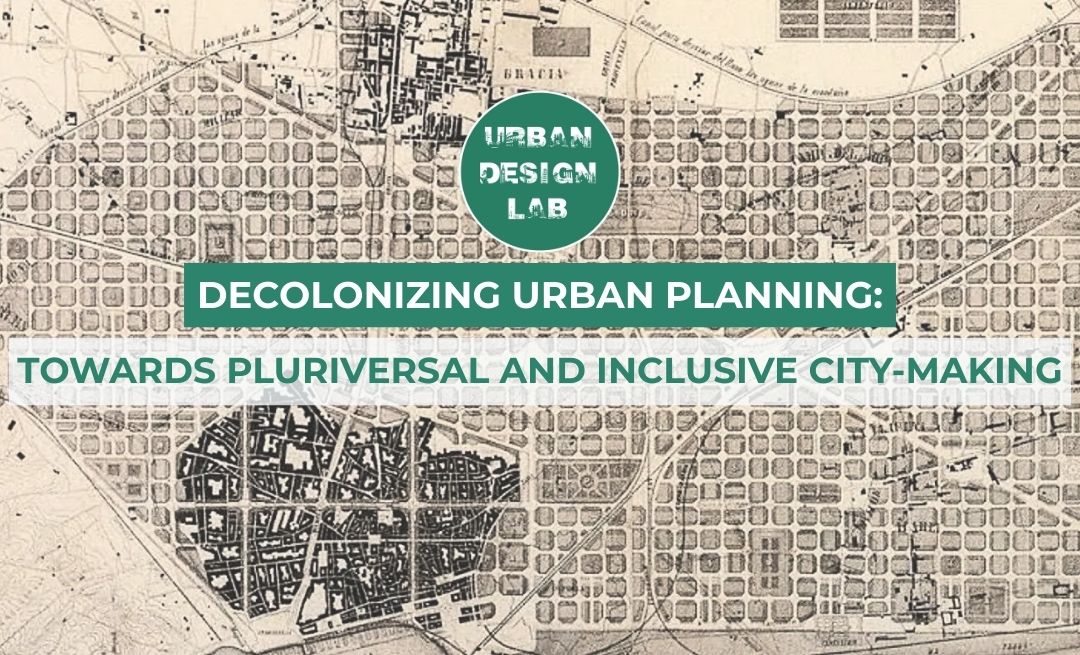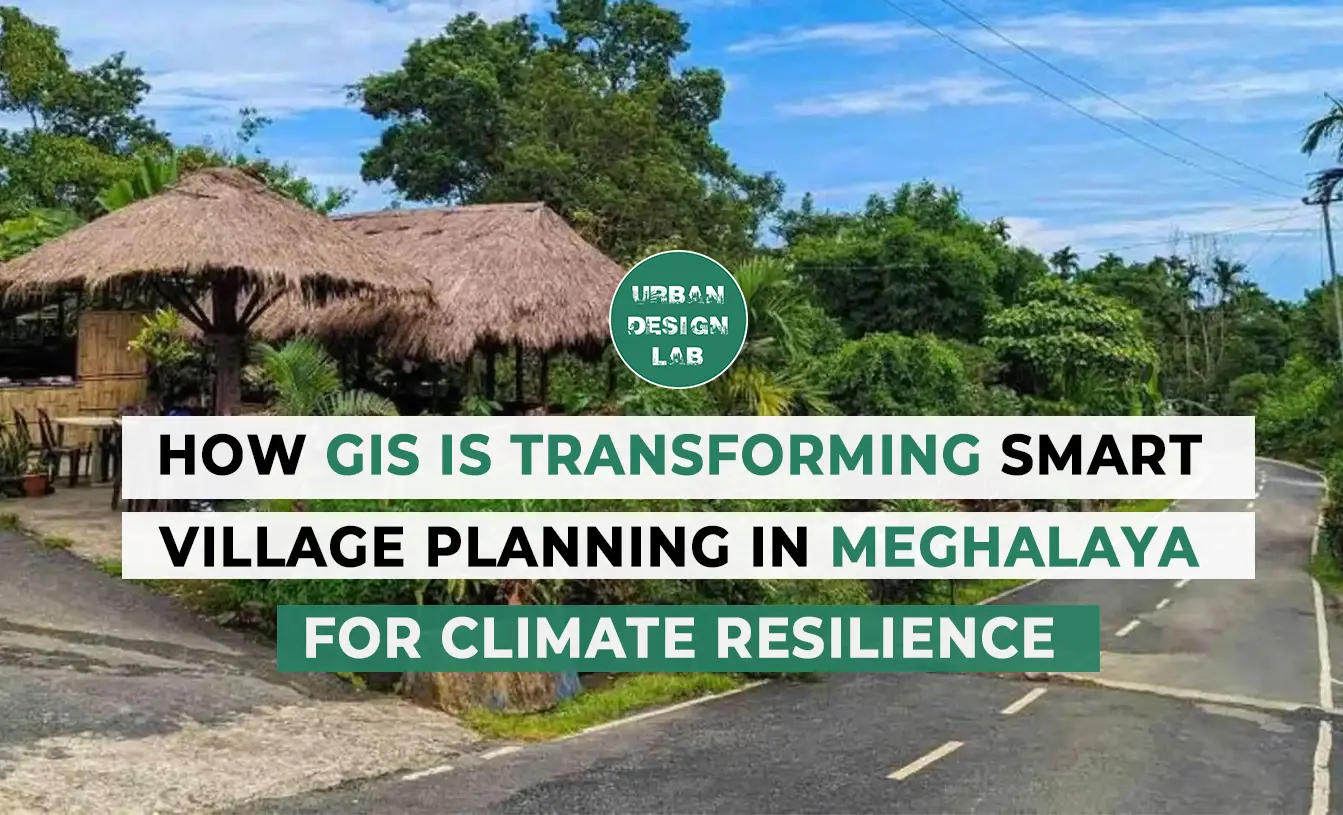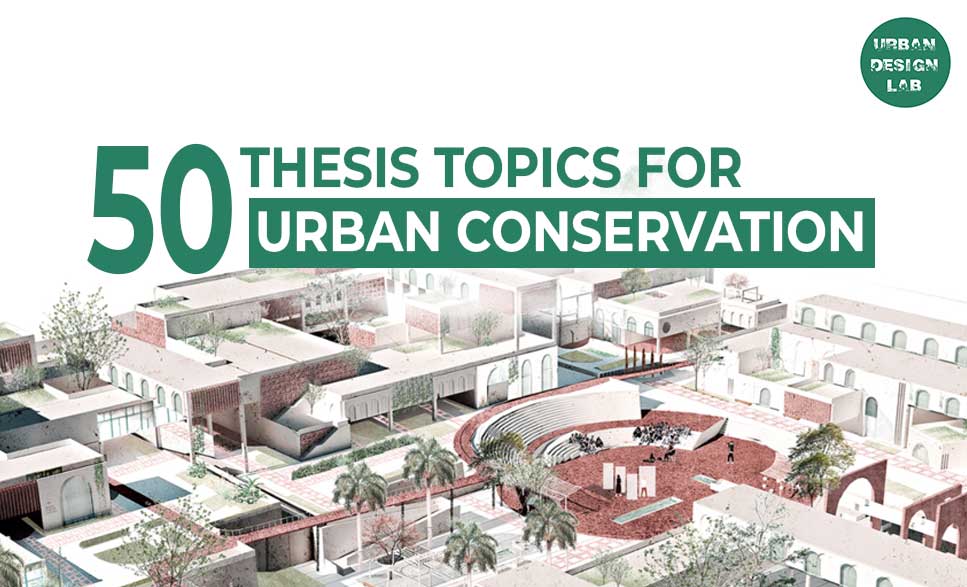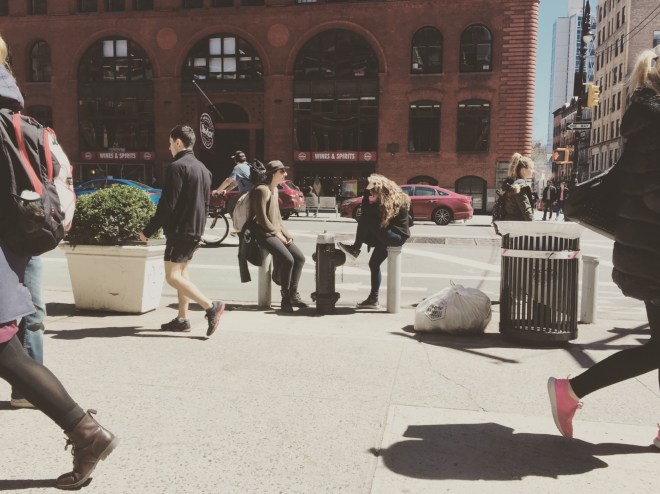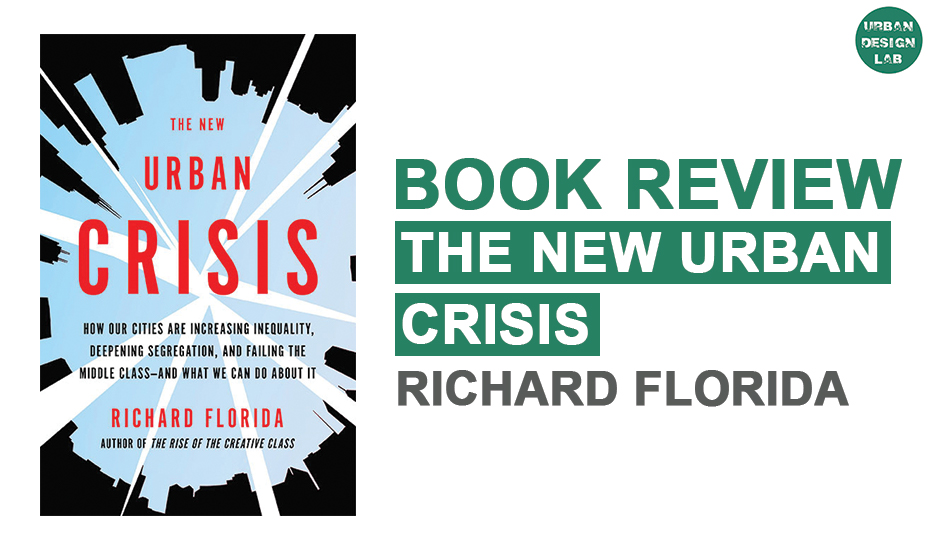
Revitalising Urban Spaces: Opera Park by Cobe in Copenhagen

As one of the leading sustainable cities in the world, sustainable urban design is crucial to Copenhagen’s sustainable outcome. Denmark has set one of the most ambitious targets to reach climate neutrality by 2050 and reduce 70% of emissions by 2030 after signing the Paris Agreement with 195 other parties in 2015 to tackle climate change worldwide. In light of this inspired goal, Denmark’s capital city, Copenhagen, focuses on a strategic urban plan to improve quality of life, expand and decrease Co2 emissions. This article focuses on the revitalising project of Opera Park, designed by Cobe Architects in Copenhagen and completed in 2023. The Opera Park is inspired by Copenhagen’s core values and design ethos, making it a perfect example of the country’s journey to carbon neutrality.
The design ethos
The design of the Opera Park stemmed from the need for more green spaces in the city. The architects noted that with Copenhagen’s rising population, the city’s density has increased, decreasing the green spaces in the city’s centre. Cobe Architects designed the Opera Park to offer residents and visitors a recreational green space to escape the busy city. The green oasis is located on the Copenhagen Harbour, neighbouring the Royal Danish Opera. The site was once a simple green lawn that accompanied the Opera’s completion 20 years ago and has now been remarkably transformed. The once-green accessory has since become a staple landmark of the city, where people can leave their cars and bikes to stroll through the various trees from across the world and reconnect with the natural elements.
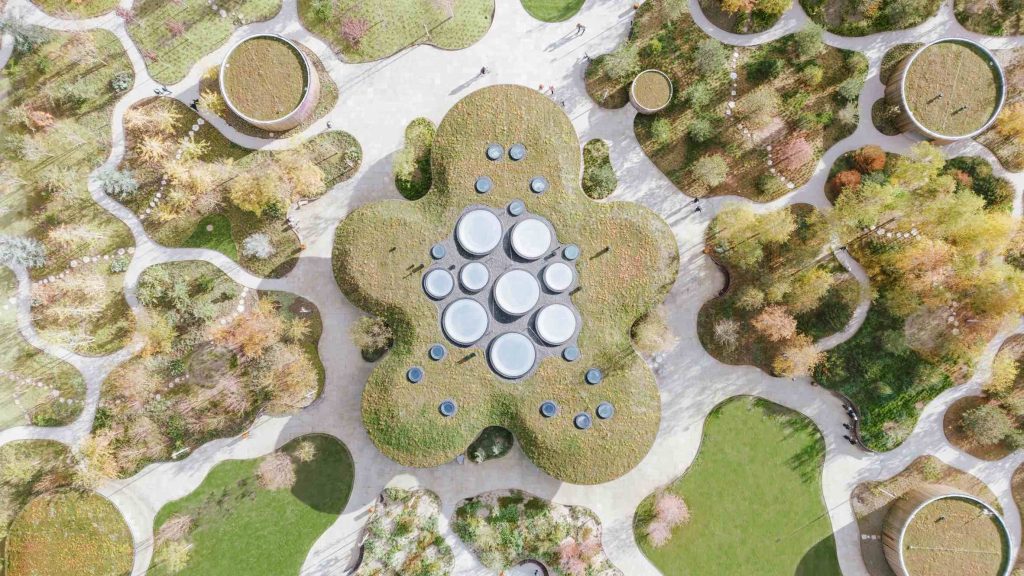
The comprehensive design
The Opera Park comprises six different gardens, a greenhouse, a café, and an underground car park that can hold up to 300 cars. The six gardens are divided into the North American forest, the Danish oak forest, the Nordic forest, the Oriental garden, the English garden, and the subtropical garden. The subtropical garden is found within the flower-shaped greenhouse that sits in the centre of the park, with the five remaining gardens surrounding it outside with winding paths taking visitors through the lush vegetation. The park island connects to the Opera via a covered pedestrian bridge, which integrates the exact curved design details of the park. The overall design concept originates from a respect for nature; the architects studied natural forms to derive organic shapes that would be used to determine the shapes of lawns, flower beds, water features and structural volumes.
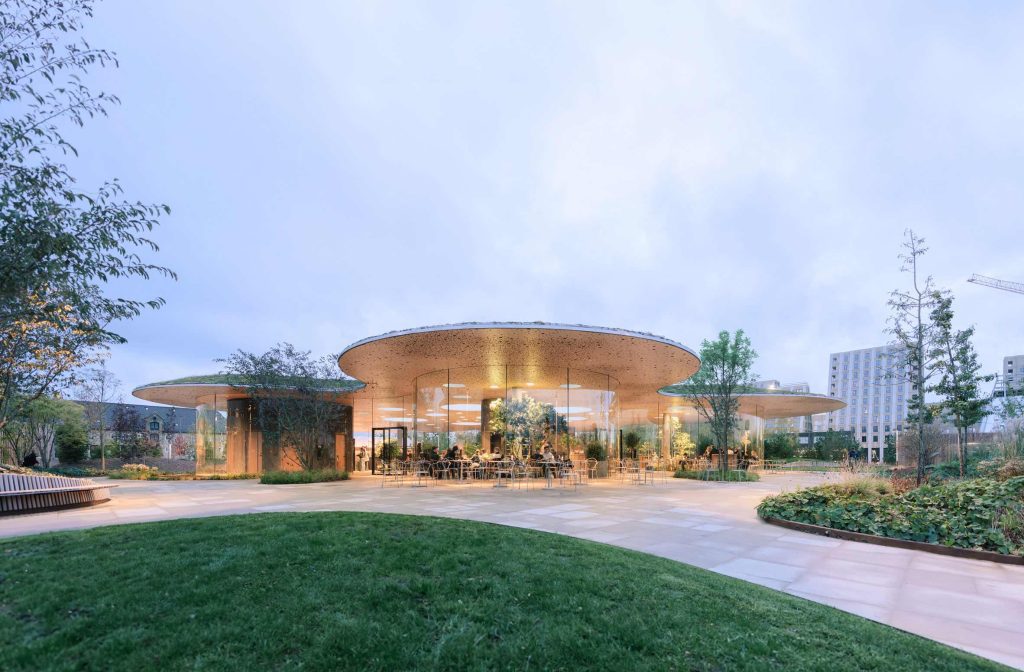
Source: Website Link
The design details
Cobe architects underwent many surveys and strategies to finish such a carefully crafted park. Inspired by Copenhagen’s historical romantic gardens, Opera Park has small niches, carefully articulated viewpoints, layered landscaping and biodiversity. The careful selection of trees, plants and bushes created a specific seasonal variability, leaving a year-round diverse display. The varying winding pathways create a range of experiences for visitors, with small niches allowing guests to immerse themselves and get lost in nature, whilst the slightly larger, more open pathways create specific viewpoints from the garden to the harbour, the Opera or the city. The gardens are composed of an opera stage with a foreground, a middle ground and a background at different heights. The diverse gardens range in colour and height from 30-metre trees to 5-metre trees; several gardens hold a surprise, such as a fountain, water lily pond or reflecting pool, extending the diversity amongst each garden.

How the project contributes to the social qualities of Copenhagen
Nature is crucial to the well-being of humans. Humans have spent thousands of years industrialising the world to the point where they may lose connection to the natural world. Opera Park stands to reconnect people with nature as it immerses them in the natural elements, surrounded by vegetation. Opera Park is not situated where pedestrians will pass through on their commute by luck and, therefore, cannot necessarily impact the population’s daily life. That said, the 21,500 m2 Park rests on the harbour’s edge, leaving it on display for many city edges, adding more greenery to the view. Copenhagen is full of delightful and unique parks, embodying the spirit of what was classed as the happiest country for years by the World Happiness Report. Opera Park manifests the city’s desire for creative and immersive parks to improve the mental health of residents and tourists through the use of vegetation and organic shapes. Opera Park also offers a healthy social space for friends and family to spend time together; people are welcome to socialise within the gardens or in the café in the greenhouse, providing a positive socialising space no matter the weather.
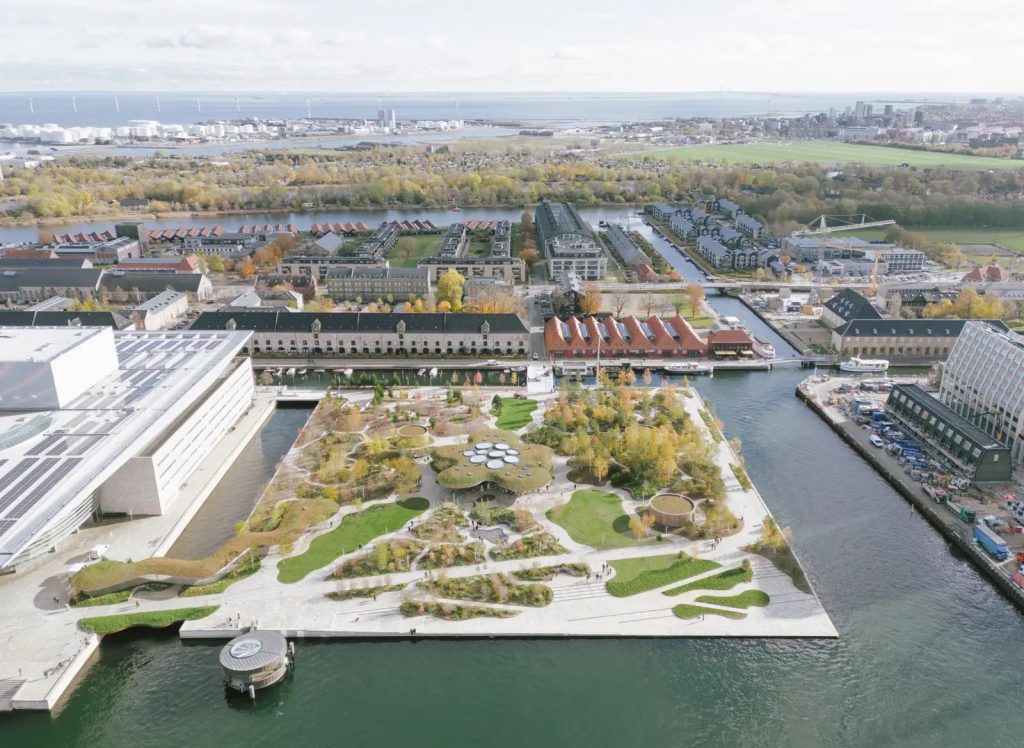
How the project contributes to the sustainability of Copenhagen
As previously mentioned, Copenhagen is renowned for its dedication to sustainability and reaching a carbon-neutral stance. Like the rest of the world, Copenhagen’s population is rising, and there is pressure to focus on sustainability. Aside from its resident country, Copenhagen had its own plans to reach carbon neutrality by 2025. Although research has shown that the city may not be on track for this 2025 target, it is still miles ahead of many industrial cities worldwide. Copenhagen has many solutions to push itself closer to its goal, including a push for cycling commuters, investments in water quality in the harbour, and an increased availability of renewable energy sources. Opera Park supports all aspects as it promotes active commutes such as walking and cycling, creating a more enjoyable route for those willing to travel by foot. Rainwater is collected from the roof of the Opera and used for greenhouse irrigation. The elevated terrain of the trees helps protect the space from harsh winds and potential floods, whilst abundant glazed walls allow sunlight to heat the interior spaces naturally.
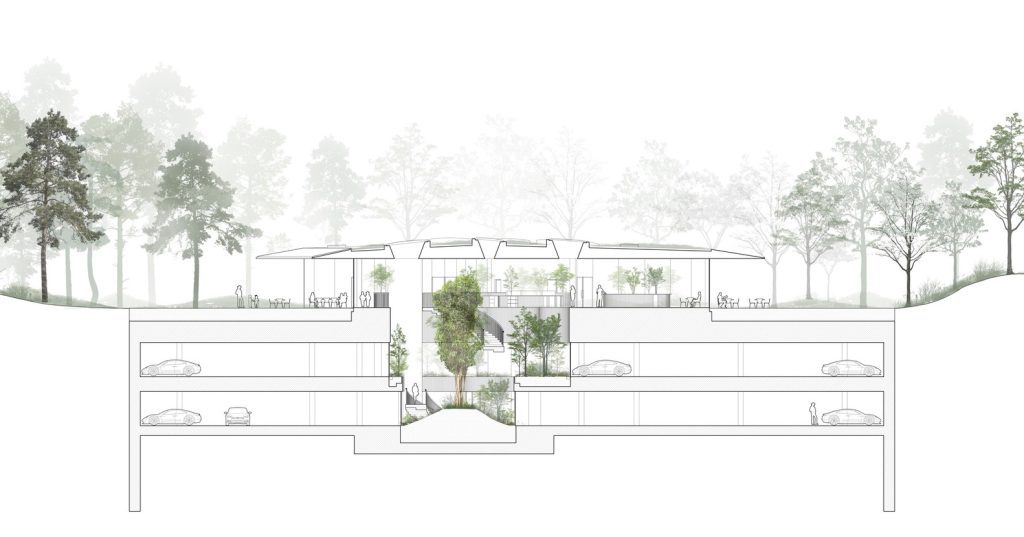
How the project contributes to the economic value of Copenhagen
Copenhagen has always been known as a delightful city full of joy, and Opera Park embodies this belief. Among other reasons, this is due to its extensive selection of parks and recreational landscape architecture. The use of outdoor recreational spaces initiates exercise as well as spending time outdoors. This is one of the many reasons people travel from all over the world to visit Copenhagen. Opera Park boosts the artistry of these parks, attracting more tourism to support the city’s economy. Opera Park also elevates the destination of its neighbour, the Royal Danish Opera. The Royal Danish Opera is an iconic attraction of Danish tourism, which showcases unmatched live performances. Opera Park develops this attraction by elevating the site with a lush green environment. Those who visit the Opera regularly may extend their visit with a walk through the park, or people who enjoy the park so much may decide to try the Opera.
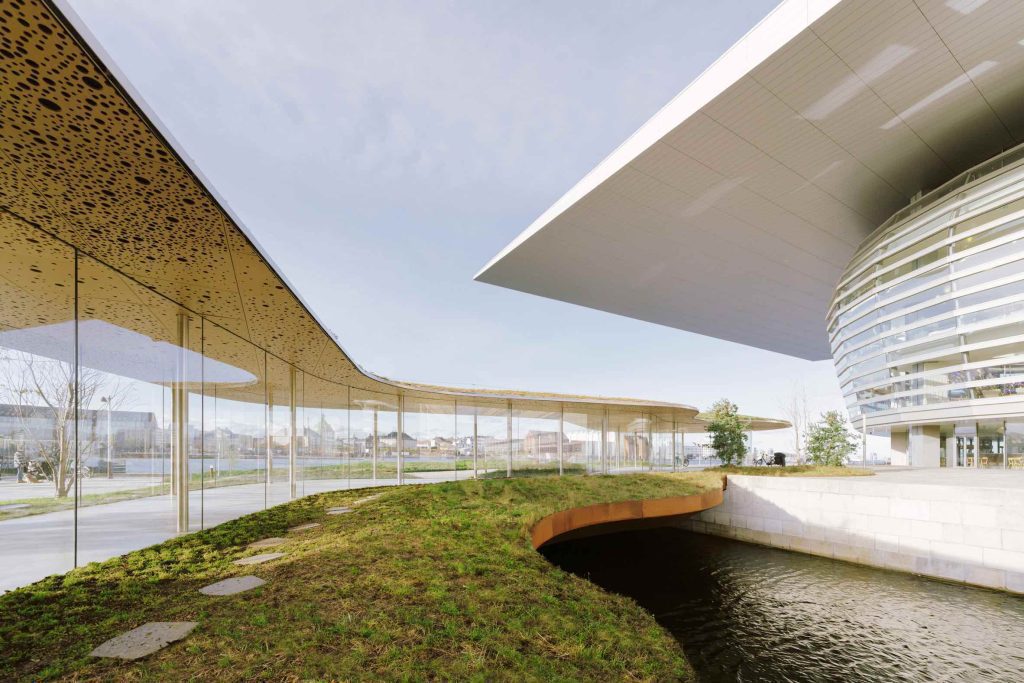
Conclusion
To conclude this article, Opera Park, designed by Cobe Architects, tremendously aids Copenhagen’s urban development. The park is another example of Copenhagen’s dedication to creating a happy and healthy city for the environment and the population. Opera Park demonstrates the country’s core values while embodying the city’s lifestyle. With such a varied selection of trees and plants, Opera Park brings another dimension of rich culture to the city. The park’s design attracts people to leave the busy streets of the capital city to immerse themselves in this unique outdoor experience that not only looks astonishing but helps heal the mental health of those who take the time to endorse it.
References
Cobe – The Opera Park. (n.d.). Www.cobe.dk. https://www.cobe.dk/projects/operapark
How Copenhagen is Designed for Delight. (2022, August 8). ArchDaily. https://www.archdaily.com/986501/how-copenhagen-is-designed-for-delight#:~:text=Copenhagen
Cobe unveils The Opera Park on island in Copenhagen’s harbour. (2023, November 21). Dezeen. https://www.dezeen.com/2023/11/21/cobe-the-opera-park-copenhagen-harbour/#/
SOLUTIONS FOR SUSTAINABLE CITIES Logo / State of Green Green C 100 -M 0 -Y 70 -K 0 100% & 60 % Dark C 0 -M 0 -Y 0 -K 95. (n.d.). https://kk.sites.itera.dk/apps/kk_pub2/pdf/1353_58936BnEKE.pdf
UNFCCC. (2015). The Paris Agreement. United Nations Climate Change; United Nations. https://unfccc.int/process-and-meetings/the-paris-agreement

Holly Franks
About the Author
Holly has adored architecture since childhood. Upon completing her undergraduate degree, she found that this passion stemmed from a desire to travel and explore the vast world of architecture. Since graduating from the University of East London, she has invested all her enthusiasm into starting her architecture blog and publishing online articles.
Related articles


Architecture Professional Degree Delisting: Explained

Periodic Table for Urban Design and Planning Elements


History of Urban Planning in India
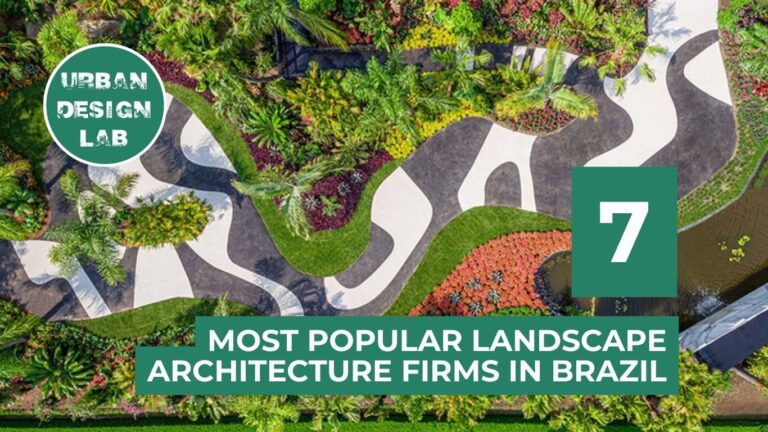
Top 7 Landscape Architecture Firms in Brazil You Should Know
UDL Illustrator
Masterclass
Visualising Urban and Architecture Diagrams
Session Dates
17th-18th January 2026

Urban Design Lab
Be the part of our Network
Stay updated on workshops, design tools, and calls for collaboration
Curating the best graduate thesis project globally!

Free E-Book
From thesis to Portfolio
A Guide to Convert Academic Work into a Professional Portfolio”
Recent Posts
- Article Posted:
- Article Posted:
- Article Posted:
- Article Posted:
- Article Posted:
- Article Posted:
- Article Posted:
- Article Posted:
- Article Posted:
- Article Posted:
- Article Posted:
Sign up for our Newsletter
“Let’s explore the new avenues of Urban environment together “


























